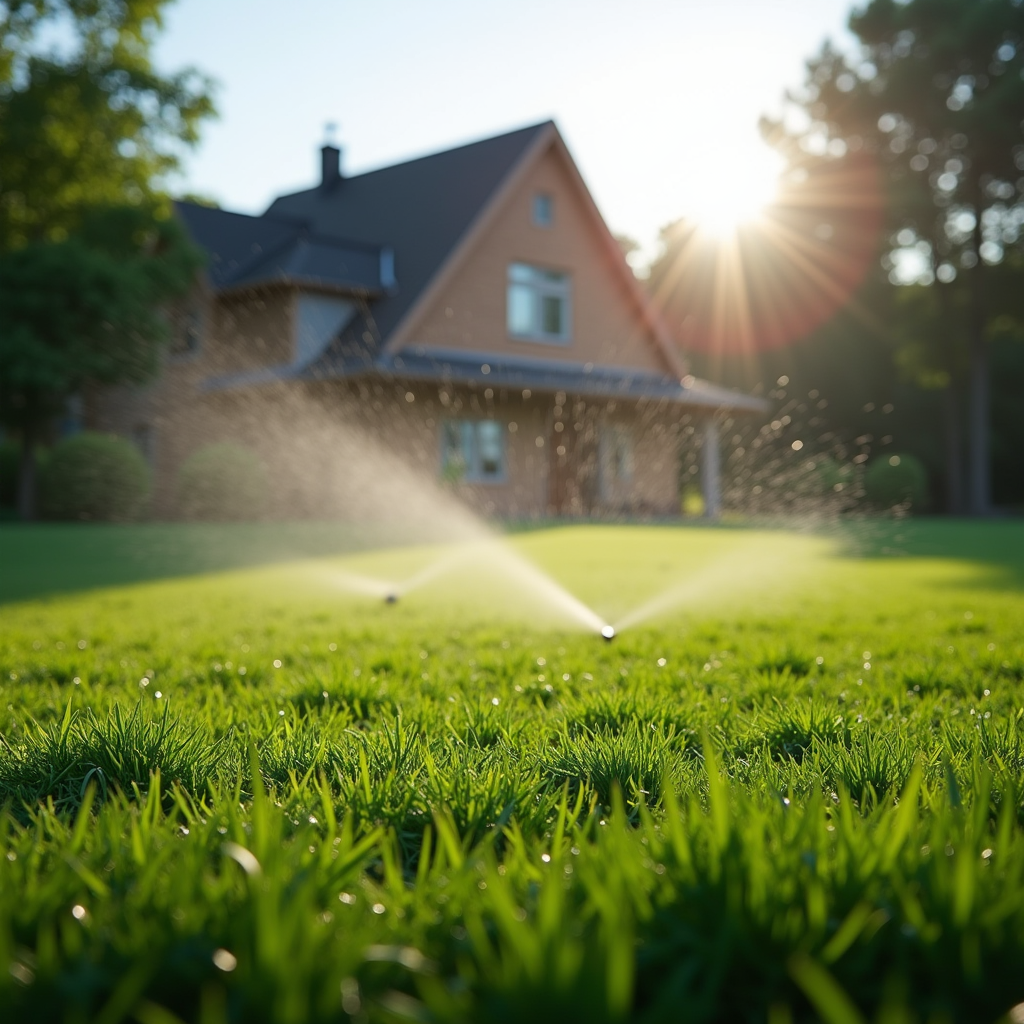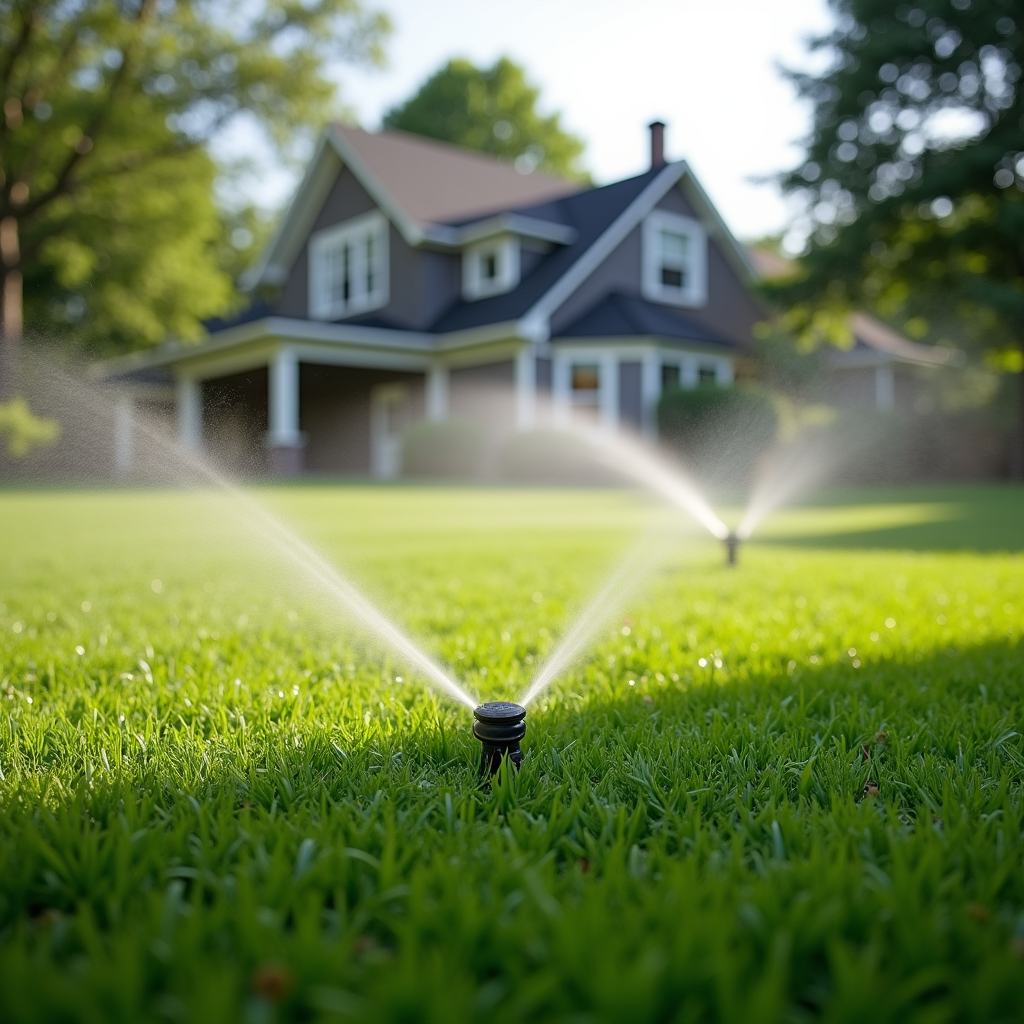Introduction
In the age of smart homes and energy efficiency, figuring out how to schedule timers for optimal outdoor light usage is more important than ever. Landscape lighting plays a crucial role in enhancing the beauty of your outdoor spaces while ensuring safety and security. However, with so many options available—from landscape lights to smart outdoor lighting systems—how do you make the most of these features without wasting energy?
This article will guide you through everything you need to know about scheduling timers for your landscape lighting. We’ll discuss why it's essential, how to set it up effectively, and tips for optimizing your outdoor lighting experience.
Understanding Landscape Lighting
What is Landscape Lighting?
Landscape lighting refers to the various types of outdoor lighting designed to illuminate gardens, pathways, and other exterior areas of a property. These lights can serve multiple purposes:
- Aesthetic Appeal: Landscape lights highlight architectural features, plants, and trees. Safety: Well-lit pathways prevent accidents during nighttime. Security: Outdoor lights deter potential intruders.
Different Types of Landscape Lights
Understanding the types of landscape lights available can help you make informed decisions about installation and scheduling.
Pathway Lights: Ideal for illuminating walkways. Spotlights: Great for highlighting specific features. Flood Lights: Provide broad illumination over larger areas. String Lights: Perfect for creating a festive atmosphere.Why Is Proper Scheduling Important?
Scheduling your landscape lighting ensures that your outdoor spaces are illuminated when needed while saving energy during off-hours. By using timers or smart systems, you can:
- Reduce electricity costs Enhance security Adjust brightness based on seasonal changes
How to Schedule Timers for Optimal Outdoor Light Usage
Choosing the Right Timer
Selecting the right timer is crucial for effective scheduling. There are three main types:
Mechanical Timers: Simple and cost-effective but less flexible. Digital Timers: Offer programmable settings for various schedules. Smart Timers: Connect to Wi-Fi and can be controlled via smartphone apps.Steps to Set Up Your Timer
Setting up a timer may seem daunting, but it’s quite straightforward:
Choose Your Location: Install the timer close to your power source but in a weatherproof area. Connect Your Lights: Plug your landscape lights into the timer. Set Your Schedule:- Determine when you want your lights on/off (e.g., sunset to sunrise). Input these times into your timer.
Using Smart Technology for Scheduling
With advancements in technology, smart home systems allow you greater flexibility in scheduling.
- Use smartphone apps like Google Home or Alexa to manage settings remotely. Set schedules based on sunset times automatically adjusted by location.
Best Practices for Outdoor Lighting Scheduling
Consider Seasonal Changes
When setting up schedules, keep in mind that daylight hours change throughout the year.
- During summer months, you may want longer light exposure (e.g., 8 PM - 12 AM). In winter months, consider shorter durations (e.g., 5 PM - 10 PM).
Adjusting Brightness Levels
Some timers allow you to control brightness levels based on ambient light conditions.
- This feature can save energy while still providing adequate illumination.
Regular Maintenance Checks
A well-scheduled system requires regular maintenance checks:
- Inspect fixtures monthly for dirt or damage. Replace bulbs as necessary; dim lighting often indicates burnt-out bulbs.
Energy Efficiency Tips for Outdoor Lighting
Use LED Landscape Lights
Switching from incandescent bulbs to LED landscape lights can save significant energy costs due to their lower wattage consumption and longer lifespan.
Install Motion Sensors
Adding motion sensors enhances security while conserving energy since lights only activate when movement is detected.
Utilize Solar-Powered Options
Solar-powered landscape lights are eco-friendly alternatives that reduce reliance on electricity altogether.

FAQs About Scheduling Timers
1. How do I choose the right timer for my landscape lighting?
Choose based on your needs; mechanical timers are budget-friendly but limited in features compared to digital or smart timers that offer flexibility.
2. Can I control my landscape lighting remotely?
Absolutely! Smart timers allow remote access via smartphone applications so you can manage settings from anywhere.
3. What’s the best time to set my outdoor lights?
Typically, setting them from sunset until midnight provides ample illumination without wasting energy late at night when no one is around.
4. Are solar-powered landscape lights worth it?
Yes! They’re cost-effective and environmentally friendly but ensure they receive sufficient sunlight during the day for optimal performance at night.
5. Do I need professional help installing my outdoor lighting system?
While many homeowners successfully install their own systems, consulting a professional may save time and ensure everything is correctly wired and positioned.
6. How often should I replace my outdoor light bulbs?
It largely depends on usage; however, LED bulbs last significantly longer than traditional ones and should be replaced only every few years unless they dim or fail sooner.

Conclusion
In conclusion, knowing how to schedule timers for optimal outdoor light usage not only enhances your home's curb appeal but also promotes safety and security while saving energy costs. With proper planning and implementation—whether through mechanical timers or sophisticated smart systems—you can enjoy beautifully lit landscapes tailored specifically to your needs.
Remember that every property is unique; take time assessing what works best for yours! From choosing quality landscape lights suitable for each area to understanding seasonal adjustments necessary throughout different times of year—the effort put into this process pays off handsomely in both aesthetic charm and practical functionality!
By following these guidelines on how to schedule timers effectively, you'll not only maximize enjoyment from your outdoor spaces but also contribute positively towards environmental sustainability while keeping http://stephenuacy303.lucialpiazzale.com/historical-perspectives-on-landscape-illumination-through-the-ages those pesky electricity bills in check!